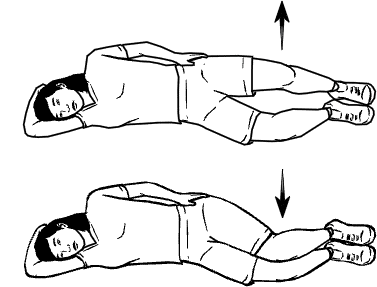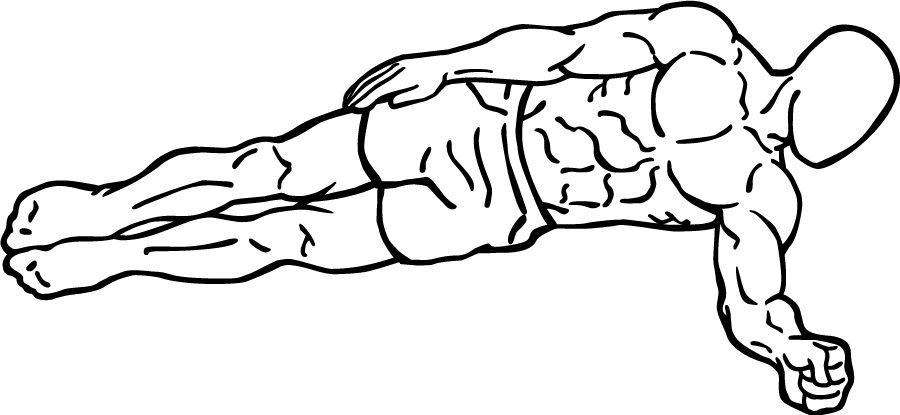The truth behind the terminology!
Have you been told that your sacro-iliac joint has “come out of place”, or your pelvis is unstable?!
Earlier this week, I received a referral for a client who had been receiving treatment for a while at another Clinic, without it getting much better. As it turns out the client had been scared stiff (literally) by being told numerous times that her pelvis is unstable and that she needs loads of treatment in order to fix her spine etc! In reality, it actually turned out to be a fairly routine case of lower back pain. It made me realise how important terminology is to a client and that it would be a good idea to inform you a bit more about the truth around pelvic stability.
The pelvis
The pelvis consists of three bone segments: the ilium, the ischium, and the sacrum, all held together by ligaments. The sacrum is wedged between the two pelvic halves and is located at the rear of the body.
The bone segments are connected to each other by means of three joints: the sacro-iliac joint to the left and right of the sacrum and the pubic symphysis at the front of the pelvis.
All bones are held together by a number of ligaments.

Can your pelvis become unstable?
The answer is technically yes- but not very often. Any joint in the body can become too loose or “unstable”. This can occur due to either a significant forceful injury, repetitive low-grade stress over a long period of time, genetic issues or combinations of these factors.
On average there is only 2 or 3 degrees of movement in the sacro-iliac joints of most people, so even the most skilled practitioner would struggle to feel and measure such small ranges of movement, and classify your pelvis as unstable.
There are a number of tests that can be carried out in the pelvic area. However, due to the number of different structures around your pelvis to take into consideration, it’s hard to isolate the pelvis. Therefore the clinical tests that have been used for testing pelvic instability have little to none scientific validity.
The sacro-iliac joints are supported by incredibly strong ligaments and the joint surfaces are shaped in such a way that makes them inherently stable. It takes an immense amount of force to damage these structures to the point where instability occurs. Certainly far more force than is applied to the pelvis during daily activity or even the hardest sporting activity.
How to deal with sacro-iliac/ pelvic pain
Attention should be drawn to the muscles surrounding the pelvis to improve pelvic stabilisation. Lower back, hip, knee and ankle problems can be affected by the inefficient pelvis and/or hip stabilisation. The body works as a whole and when certain body regions are inefficient, the body finds a way to make to movement happen using another muscle or joint in a way it was not intended.
The muscles that play an important role in stabilisation include Gluteus Maximus, Gluteus Medius, piriformis, and deep core muscles.
Below are some exercises that can be incorporated into your daily routine to improve your pelvic stability
Exercises
Glute Bridge
Lying on your back, keep your heels close to your bum and hips level. Engage your stomach muscles, and raise your bum off the floor. Squeeze your bum at the top and them lower your bum back toward the floor. Repeat 15 times.
Single leg glute bridge
If you find Glute bridges easy, you could try single leg glute bridges. Its the same exercise as the glute bridge above, but just one leg/foot fixed to the ground. Repeat 10 times on each leg.

Clams
Start in a side-lying position. Make sure your heels are in line with your bum. Hips flexed at a 45º angle and knees at 90º. Engage your stomach muscles, and lift your top leg off your bottom leg, but keeping your feet together at all times. Repeat this 10 times on each side.

Side Plank
Begin in a side-lying position, with your upper body propped up on your elbow/forearm, legs straight. Slowly lift your pelvis off the floor, maintaining a straight body. Hold this for 30 seconds on each side.

Here at Comfort Health
If you feel like you can relate to this blog, get in contact with the team at Comfort Hearth today! We can book you in to see one of our amazing practitioners who can carry out a full assessment and advise you on the best method of treatment. CLICK HERE to start your journey!